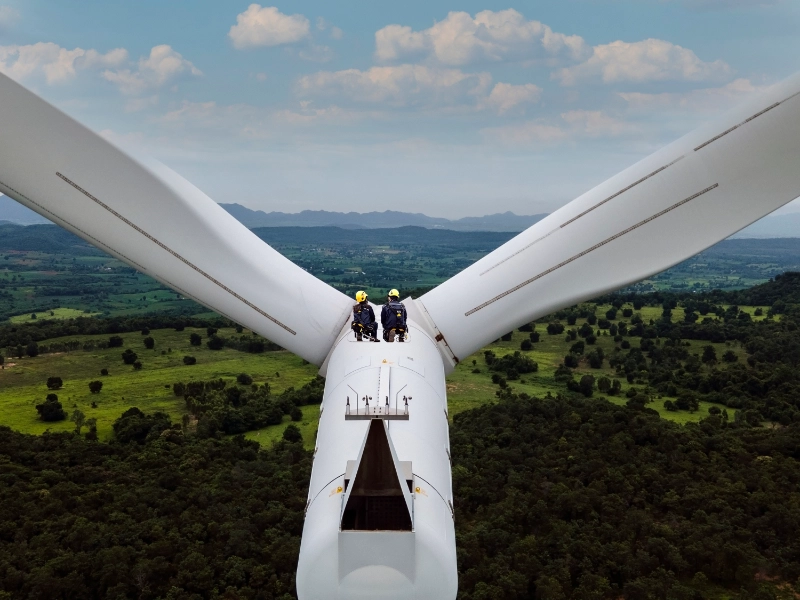Hospodársky cyklus a hospodársky rast
Globálne a lokálne správy našich odborníkov o hospodárskej situácii, ako aj tipy na riadenie rizík vašich firemných financií.
 Slovensko
Slovensko

Globálne a lokálne správy našich odborníkov o hospodárskej situácii, ako aj tipy na riadenie rizík vašich firemných financií.
Majte riziká a príležitosti pod kontrolou. Naši odborníci neustále analyzujú trhy vo viac ako 40 krajinách. Z toho vyplývajú vývojové trendy na trhu, ako sú prognózy hospodárskeho vývoja, ekonomické trendy, geopolitické riziká a jedinečné odporúčania týkajúce sa riadenia rizík.
Z týchto poznatkov môžete vyvodiť správne závery pre vaše podnikanie.
Odporúčame čítanie všetkým, ktorí sa zaujímajú o ekonomiku, manažérom rizík, finančným riaditeľom (CFO) a obchodníkom.
Získajte prehľad o globálnej trhovej ekonomike alebo jednotlivých regiónoch. Tu nájdete hodnotenia našich odborníkov týkajúce sa rastu a prognóz hospodárskeho vývoja.n.

Ekonomické trendy a výzvy vo viac ako 40 odvetviach: Zistite, ako sa vyvíja platobná morálka vo Švajčiarsku a v iných krajinách. A tiež: Kde sa začínajú prejavovať známky insolventnosti?

Naša interaktívna mapa rizík vám poskytuje vizuálny prehľad o globálnej politickej situácii a rizikách pre ekonomiku.

Jednotlivé správy o krajinách s aktuálnymi analýzami, prognózami hospodárskeho vývoja alebo možnými rizikami. Nájdete tu aj špeciálne správy o politickom vývoji.

Príspevky o manažmente pohľadávok, najlepšom spôsobe, ako pristupovať k nezaplateným faktúram, alebo o tom, čo vás čaká, keď sa stretnete s insolventnosťou. Okrem toho prezradíme osvedčené tipy od našich odborníkov na inkaso a úverové poistenie.

Máte otázky?